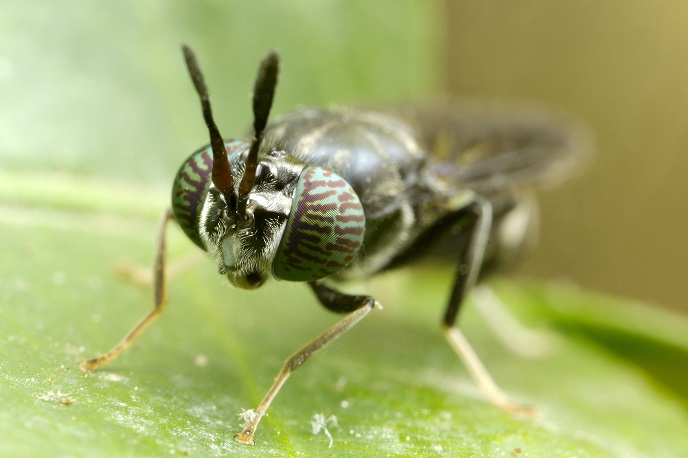Reducing meat and fish waste with a simple, handheld device
According to estimates(opens in new window), 173 kg of food per person are wasted every year in the EU, generating a total of 170 million tonnes of CO2. A large share of this pollution is caused by meat and fish products: “10 % of all meat and 50 % of all fish produced are wasted due to doubts about their freshness and incorrect expiration predictions by the industry,” says Jeanette Hvam, CEO of Danish deep tech start-up AmiNIC(opens in new window).
Reducing human error
Her company has developed a surprisingly simple solution to this major global challenge. Currently shelf-life estimates are based on human senses or generic microbial data. AmiNIC developed a handheld device capable of measuring the freshness and determining a more accurate expiration date for meat and fish within seconds. The device involves a patented nanotechnology solution using a micro-cantilever(opens in new window) which acts as a sensor. It measures the concentrations of cadaverine(opens in new window), an organic compound found in decomposing animal tissue. “The vibration of the cantilever changes when cadaverine is detected. This change is proportional to the age of the meat or fish,” Hvam explains. By comparing the measurements to expiry-prediction curves in a database, the device then returns a precise expiration date.
High precision
The EU-funded Food waste reduction(opens in new window) project enabled AmiNIC to expand and strengthen the team with key competences. As a result, the researchers could perfect the tailor-made microsensor, significantly improving the output signal of the device. “We were able to increase sensitivity and resolution, which are essential to achieving the required precision, speed and reliability of the measurements,” Hvam notes. “As a bonus, the project has generated great added value and patentable knowledge that boost our exploitation potential.”
Major impact
Her team has been able to take significant steps towards bringing their technology to the market. During the project, device prototypes were tested by customers from different sectors including restaurants and the food processing industry. “Many field test users and potential customers show great interest in our solution, and we have sold our first units as pilot sales,” Hvam adds. Implementing the solution in meat and fish handling businesses could achieve not only a major economic impact, but also a significant reduction of our carbon footprint. “It is especially detrimental to the environment to waste meat and fish, as their production generates on average seven times more pollution than other food products,” Hvam explains. “A 40 % implementation of our solution in our target segments will potentially reduce our carbon footprint from food waste by 6 %.”







